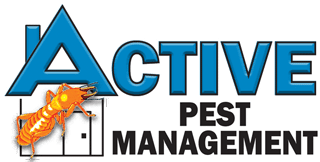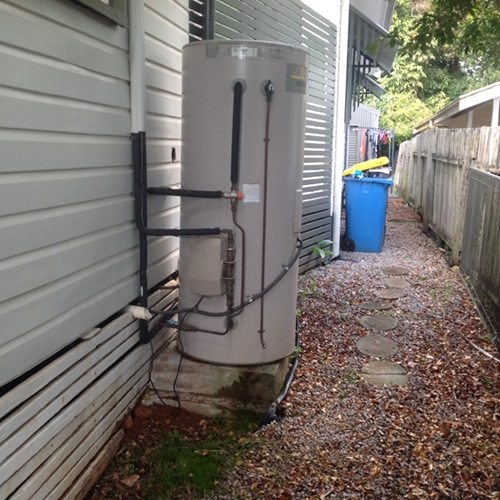MINIMISING TERMITE RISK
Industry surveys predict 1 in 3 homes will be attacked by a termite infestation. Despite these statistics, minimising termite risk can be achieved with some research on your part and keeping up with annual inspections. You can spot a termite infestation before they cause extensive damage if you know what to look for.
Signs can include mud tubes along foundations, near pipes or in your roof space, or soil crammed into cracks in mortar or construction joints. Termites eat from the inside out, so you may find deep, parallel grooves and signs of mud inside damaged areas of wooden fences, cubby houses or garden beds.
With information and awareness, you can make sure you don’t unwittingly create environments conducive to the attraction of termites.
Here’s a list of typical termite risks you do best to avoid:
- Don’t fix wooden structures like trellises or gate posts to external walls.
- Don’t put mulch, wood debris, scrap timber, sawdust or firewood close to your home, especially near foundations.
- Don’t stack, store or bury wood adjacent to your home. If you do keep firewood outside, keep it raised off the ground.
- Don’t build gardens alongside your home, especially if you have a chemical barrier at the perimeter.
- Don’t cover or obstruct weepholes in brickwork.
- Don’t plant flowers or shrubs that hide weepholes or the exposed edge of concrete floor slabs.
- Don’t block off sources of ventilation for areas under suspended floors; or
- Don’t leave leaking pipes, condensation or any sources of dampness.
- Don’t allow leaves to accumulate in gutters and drains.
ADDITIONS, RENOVATIONS & TREES CAN ELEVATE TERMITE RISK
Renovations and additions such as carports, pergolas, decks, access ramps and steps to your home may allow termites to bridge an existing termite treatment zone. Even installing something like a new hot-water system or air-conditioning unit on the outside of your home can damage a treatment zone or make it difficult to detect termite activity.
Likewise, take care when selecting trees to plant. If you plant the wrong tree too close to your home, its roots may compromise the termite treatment under or beside the concrete slab or cause the slab itself to crack.
If you notice clouds of winged ants on balmy evenings, these may be swarming reproductive termites looking for a new place to set up home. Colonising termite flights of future kings and queens typically take place when humidity is high and the air is warm and it only takes one reproductive male and female to start an entire new colony.
If you come across swarming termites, it is a sure sign that a large termite nest is close-by and your home may be at high risk of termite infestation. We recommend giving us a call to assess the situation.
These are tips that help minimise termite risk and assist prevention:
- Trim all shrubs, bushes and other dense greenery away from the foundation of your home.
- Remove infested trees and tree stumps on your property.
- Repair leaking taps and hot-water systems, both indoors and outdoors.
- Fix leaking roofs and gutters.
- Rake soil so that water including air-conditioning condensation runs away from foundations.
- Ventilate crawl spaces and roof cavities to reduce humidity.
- Remove all wood to soil contact around your property.
- Seal all cracks and holes in your home’s foundation.
VIGILANCE IS KEY TO MAINTAINING WARRANTIES
If your property has been treated for an infestation of termites or has a new or existing termite treated zone installed, you should be aware that successful maintenance of the system depends on you. Termite treated zones are intended to minimise but will not necessarily stop termite activity from occurring on the site.
You must arrange for annual termite inspections with a licensed timber pest inspector and shouldn’t disturb or breach the termite treated zones with things like garden beds, air-conditioning units or water tanks. These can bridge a path for termites, giving them access via an unprotected route. Such breaches of the termite treated zone can void warranties and insurance entitlements, so it pays to be informed and aware of all stipulations.
A PROFESSIONAL INSPECTOR’S EYE IS VITALLY IMPORTANT
It takes years of industry experience to fully understand the habits of destructive termites (white ants). Foraging behaviour varies with termite species, building type and environmental situations. They can enter a building through tiny 2mm cracks in a concrete slab and will readily eat through the compound between adjoining slabs, particularly if obscured by pathways or garden beds. When arranging inspections, be sure to engage licensed, insured professionals from your area for local experience and piece of mind.




